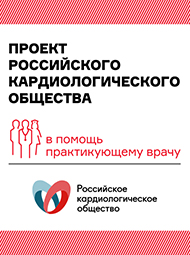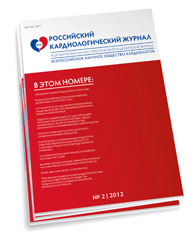Cool Temperature Alters Human Fat and Metabolism
Men exposed to a cool environment overnight for a month had an increase in brown fat with corresponding changes in metabolism.
The finding hints at new ways to alter the body’s energy balance to treat conditions such as obesity and diabetes.
Humans have several types of fat. White fat stores extra energy. Too much white fat, a characteristic of obesity, increases the risk of type 2 diabetes and other diseases. Brown fat, in contrast, burns chemical energy to create heat and help maintain body temperature. Researchers have previously shown that, in response to cold, white fat cells in both animals and humans take on characteristics of brown fat cells.

PET/CT images show that a patient has more brown fat (red) after a month of cold exposure but a complete reversal after a month of warm exposure. Image by the researchers, courtesy of Diabetes.
A team led by Dr. Francesco S. Celi of Virginia Commonwealth University and Dr. Paul Lee, now at the Garvan Institute of Medical Research in Australia, explored the effects of ambient temperature on brown fat and metabolism. The study was supported in part by NIH’s National Institute of Diabetes and Digestive and Kidney Diseases (NIDDK) and the NIH Clinical Center. Results appeared online on June 22, 2014, in Diabetes.
The researchers had 5 healthy men, average age 21 years, reside for 4 months in a clinical research unit in the NIH Clinical Center in Bethesda, Maryland. The men engaged in regular activities during the day and then returned to their private room each evening. The temperature of the room was set to 24 °C (75 °F) during the first month, 19 °C (66 °F) the second month, 24 °C again for the third month, and 27 °C (81 °F) the remaining month.
The participants were exposed to the temperature for at least 10 hours each night. They wore standard hospital clothing and had bed sheets only. All meals were provided, with calorie and nutrient content carefully controlled and all consumption monitored. At the end of each month, the men underwent extensive evaluations, including energy expenditure testing, muscle and fat biopsies, and PET/CT scanning of an area of the neck and upper back region to measure brown fat volume and activity.
After a month of exposure to mild cold, the participants had a 42% increase in brown fat volume and a 10% increase in fat metabolic activity. These alterations returned to near baseline during the following month of neutral temperature, and then were completely reversed during the final month of warm exposure. All the changes occurred independently of seasonal changes.
The increase in brown fat following a month of cold exposure was accompanied by improved insulin sensitivity after a meal during which volunteers were exposed to mild cold. Prolonged exposure to mild cold also resulted in significant changes in metabolic hormones such as leptin and adiponectin. There were no changes in body composition or calorie intake.
The findings suggest that humans may acclimate to cool temperature by increasing brown fat, which in turn may lead to improvements in glucose metabolism. These changes can be dampened or reversed following exposure to warmer temperatures.
“The big unknown until this study was whether or not we could actually manipulate brown fat to grow and shrink in a human being,” Lee says. “The improvement in insulin sensitivity accompanying brown fat gain may open new avenues in the treatment of impaired glucose metabolism.”
—by Carol Torgan, Ph.D.
Source: www.nih.gov






